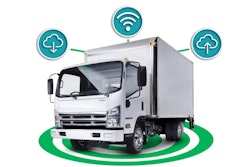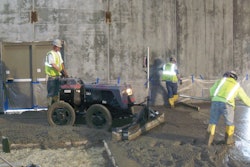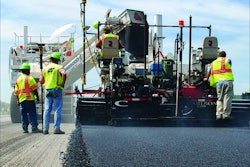Third-party telematic systems provide an alternative to working through several different OEM systems.
"Working with a third-party telematics provider offers a number of advantages to companies looking to implement an enterprise-wide fleet management solution," says Sean McCormick, product manager, Telogis Fleet. "One is the ability to connect multi-brand fleets and varying equipment/vehicle types under one system.
"Third-party systems offer greater scalability, flexibility and functionality, and typically are easier to employ enterprise wide," he continues. "They support more advanced requirements, as well as back office integrations."
Essentially, data collection can be simplified. "Third-party systems can generally connect to data feeds from OEM telematics providers," says McCormick. "Software-as-a-Service (SaaS) systems, like Telogis Fleet, don't require IT departments to overhaul their computer systems and add expensive computing infrastructure. In many cases, it's as simple as installing the software on a computer and installing the data devices on the vehicle or piece of equipment."
The CANBUS data available on modern equipment provides a wealth of data. However, the AEMP standard allows mixed fleets to obtain only the four critical parameters in a standardized format. Some fleet managers may want even more detailed information without having to coordinate with various manufacturer websites.
"We offer integration with legacy software, as well as a standalone telematics solution," notes Tony Nicoletti, director of sales for DPL America. He says one of the biggest concerns expressed by customers with mixed OEM fleets is the need to go to the OEM or dealer to get all of the information to take full advantage of their specific package. "That's where the hang-up is for some of these guys. When they need valuable fault codes, idle vs. run-time breakdowns, geofencing and security features, they still need to go back to the individual software for that particular OEM telematics system."
Because the data from the CANBUS conforms to the J1939 standard, it is possible for third-party vendors to capture and report data parameters such as run time, fuel consumption, temperatures and pressures and fault codes. "It is all right on there. It is just a matter of plugging in and grabbing it as it comes across the BUS," says Nicoletti.
The third-party systems also allow you to collect any information you want from your mixed fleet using one system and one interface. You get all fault codes, the capability to control geofences, idle time and run time, temperatures and pressures, etc.
"There is so much information coming off the CANBUS that you really have to pare it down to what is useful to your business," says Nicoletti. "If you have a mixed fleet, you can put one unit on everything and get the same information across the board, all through one portal, one interface and one automated report."
There are benefits to both OEM and third-party systems. "In the grand scheme of things, working with a third-party provider that has experience working with OEMs is a good option to leverage the OEM's off-the-line installation, but also to get the advantages of advanced telematics that work with mixed fleets," asserts McCormick.


















